Unlike the common misconception, bamboo isn’t a kind of tree. It’s actually a type of grass. And it doesn’t belong to a group of grass species that are considered to be wild and unwelcomed. Bamboo is widely considered as green, leafy beauty of a garden.
Benefits of Having Bamboo Trees
There are so many reasons to grow bamboo trees!
So Many Options
It is always fun when you have tons of options to choose from, especially when it comes to gardening! There are more than a thousand types of this kind of plant, so that makes for a fun time picking your favorite one.
Low Maintenance
Most of us enjoy having low maintenance things. Pets, homes, cars, the list goes on and on. With plants, it is always great when they do not require a ton of attention from you in order to thrive!
Quick Covering
I will never forget when my dad planted a small tree on our front yard because my mom wanted it to cover her car and provide shade. This tree took YEARS to grow. With bamboo trees, they grow up quickly and cover whatever you plant them in front of.
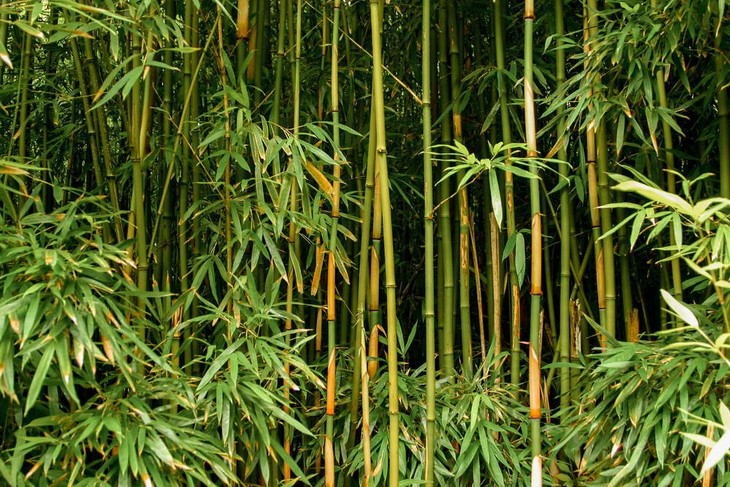
Tall, green, healthy bamboo plants standing firmly together in the wild
Growing a bamboo plant is easy as it grows rather quickly, but it calls for a lot of knowledge and skills in gardening. One of the most common as well as the most challenging propagating methods of all is rooting. A bamboo rooting process usually starts with selecting the young bamboo stock, cutting off a section, and allowing it to grow until its roots appear. However, this is only a basic way of rooting. In this article, I will teach you three different methods on how to root bamboo.
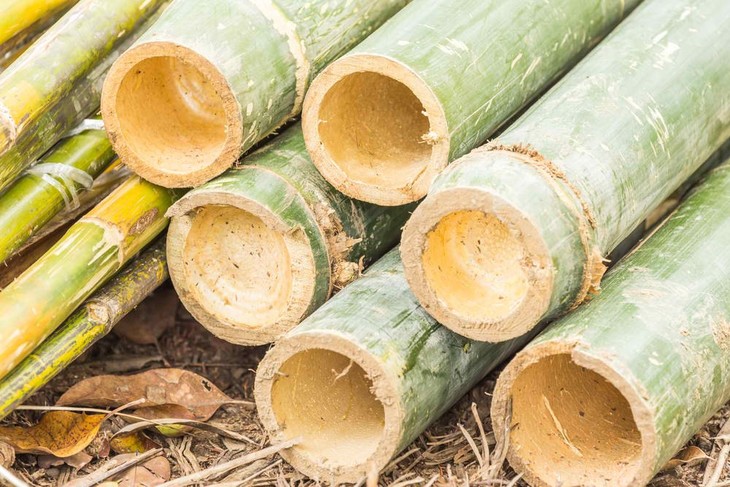
Bamboo culm cuttings usually have nodes at the edge portion
Compared to the basic ways of rooting, these rooting methods that I am about to share with you below are personally proven by none other than me. As a garden enthusiast, I spend a lot of my leisure time around the lawn, experimenting with my plants, and observing which method of gardening works best for each of my botanical species. The following methods are amongst the safest, most effective bamboo rooting methods.
Method1. Root Bamboo In Soil
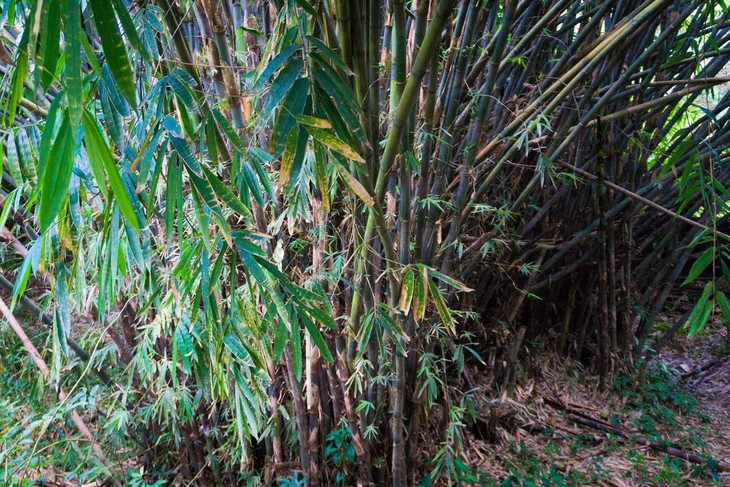
Most green, leafy bamboo plants can grow independently in the wild
What You Will Need
- Hacksaw
- Pot
- Potting mix
- Wax
- 2 tablespoon of rooting hormones
- Tray of potting soil
- Water sprayer
- Clear plastic bag
Step By Step Instructions
1. Cut The Bamboo Plant

You can use any cutting tools to cut bamboo culms
Find a three or four-year-old bamboo plant and cut a few of its stems into various sections using a hacksaw. Each cutting, may be of different sizes, must have at least one node (a horizontal defined line that divides a bamboo stem) and one internode (a space between two nodes). Remove all the leaves on the cuttings.
2. Prepare The Potting Mix
Fill a pot with a potting mix of your choice. An ideal potting mix is usually a mixture of coarse and loam. Just make sure that the mixture contains equal parts of both potting mixes.
3. Seal The Bamboo Cuttings
It is important for you to make sure that the bamboo cuttings don’t dry, rot, or die along the process of rooting. To do this, seal one of the ridges of each bamboo cutting with wax. Melt the wax and dip about ⅛ inch of the cuttings starting from the first ridges.
4. Applying Rooting Hormones
Put the rooting hormones in an open container. Take the cuttings and dip the same side of the ridges into the rooting hormones and then shake off any excess of the rooting hormone powder.
5. Set The Cuttings In A Tray Of Potting Soil
With the same side at the bottom, set the cuttings in a tray of potting soil with about 3 inches of space between each cutting. The cuttings should hold firmly into the soil.
6. Water The Cuttings
In this process, watering the plants is extra essential as it is used to eliminate the air pockets that may have formed around the bamboo cuttings. Pour water down into the hole in the center of each bamboo cutting until full. After, spray water on the soil of the tray until it gets soaking wet. When the soil starts to dry out, water the cuttings repeatedly.
7. Cover The Tray With Plastic
Cover the tray of bamboo cuttings with a clear, clean plastic. Remove the plastic from time to time, for about an hour a day, to give the bamboo cuttings fresh air.
8. Put The Tray In The Right Place
Place the tray in a sunny location but away from direct sunlight. Excessive direct heat from the sun may cause the bamboo cuttings to dry or worse, die.
9. Transfer The Mature Cuttings
Once the roots start to grow, transfer the bamboo cuttings in a container or outdoors, where mature plants can freely grow.
10. Give Daily Care
Continue to water the mature cuttings every day or a number of times a day. If necessary, put fertilizers on mature bamboo plants. The key is controlling the growth of your bamboo.
Method2. Root Bamboo In Water
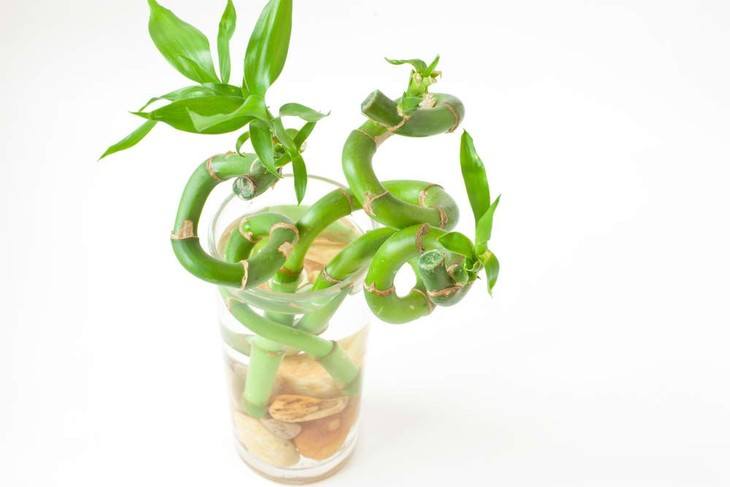
Some species of bamboo plant grow better and faster in water
What You Will Need
- Knife
- 3 tablespoon of candle wax
- Water without fluoride content
Step By Step Instructions
1. Select A Bamboo Plant To Cut
The ideal age of a bamboo plant to cut in this method is 3 years old or less. Older bamboo plants will do, but younger bamboo stocks are better when rooting in water.
2. Start Cutting
Using a sharp knife or any sharp cutting tool, cut the selected stock into several 10-inch sections, making sure that each section has at least two nodes and two internodes. Make horizontal cuts at 45-degree angles.
3. Dip The Cuttings Into Wax
Melt three tablespoons of wax and dip the tip of the horizontal cuttings into the melted wax to prevent them from rotting.
4. Place The Cuttings Into Water
With the waxed part on top, place the cuttings into water that doesn’t contain any fluoride content.
5. Wait Until Roots Appear
In more or less two months, roots may start to appear from the cuttings’ base. By then, you may transfer the cuttings to soil.
Method3. Root Bamboo from Rhizomes

Growing a bamboo plant from its rhizomes requires a different gardening method
What You Will Need
- Cutting tool
- Growth regulator mixture/rooting hormone
- Poly bags/raised beds
Step By Step Instructions
1. Select A Bamboo Culm
The preferable selection of bamboo for this method is from young to intermediate bamboo plant maturity (1-2 years old). Cut the primary branches and discard the topmost portion with only the nodes and basal left. It should be about 30cm long.
2. Apply Growth Regulator Mixture
To get faster results, dip the cuttings in a mixture of growth regulator for 24 hours.
3. Dip Into Wax
After, seal the top part of the cutting with wax.
4. Plant The Bamboo Cuttings In Bags
You can plant the cuttings in raised beds or poly bags.
5. Wait For The First Sprouting
The first sprouting should appear more or less than a month after planting. Keep in mind that unlike the previous methods, you must leave the sprouting bamboo cuts for another 6-12 months until fully rooted.
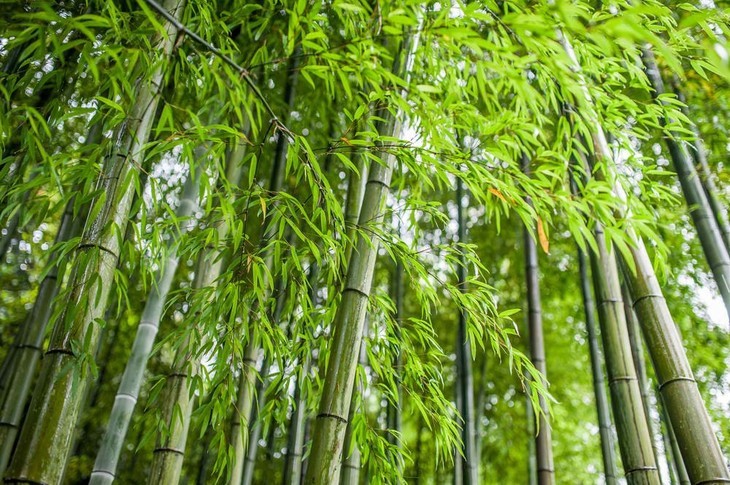
With daily care and maintenance, you can grow a healthy bamboo plant
Did you like the tutorial? If you did, please share and leave a comment below. I would be very glad to know that my article is of much help you, my fellow garden enthusiasts.
Pin it!
